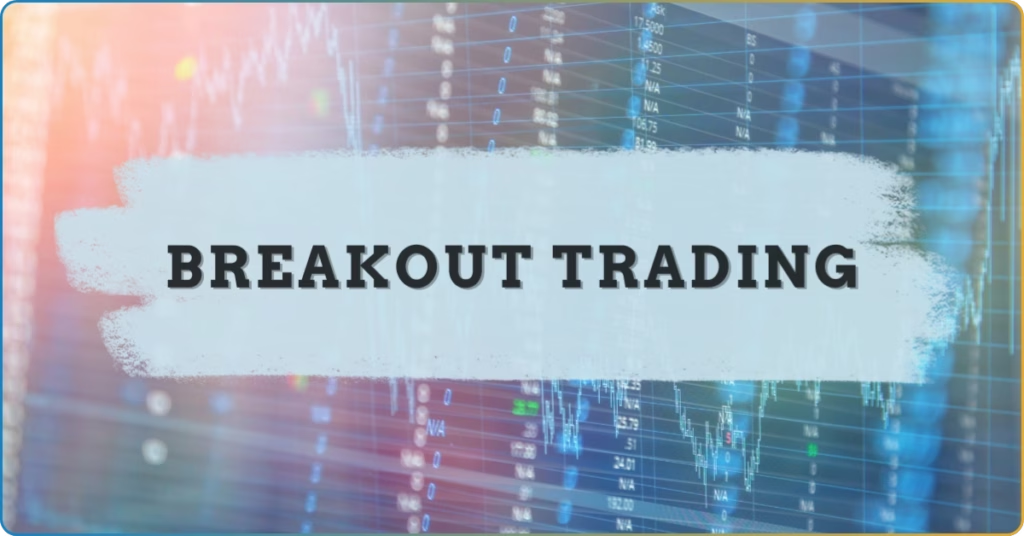Markets can be as unpredictable as the weather – moving due to various factors, randomly and frequently.
Trading signals provide forecasts regarding the future direction of the market. They warn traders of upcoming storms (market crashes) or sunny days (bull markets).
With such an alert, traders can anticipate changes, prepare, adjust their strategies accordingly, and ultimately profit from their trades.
With the right trading signals, you gain insight into market trends, entry and exit points, and potential profit opportunities. But how do you find reliable signals in a sea of options?
This guide will show you how to identify and use the best forex signals, including free forex signals and live forex signals, to improve your trading strategy.
What Are Forex Signals
As the name suggests, forex signals (noun) signal (verb) you about the upcoming changes in the forex market.
These signals are the recommendations of analysts, economists, and expert traders based on the currency pairs’ historical price movement.
This presents its primary appeal – allowing traders to profit from the market without the constant, complex, and time-consuming market analysis. These automated alerts help traders make informed decisions about the profitable position (long or short) with a specific entry/exit point.
Trading signals are shared automatically in various (or either) of these mediums:
- Broker trading apps push notification
- Forex live trading signal platform
- Email alerts
- SMS notification
Once a trader receives the trading signal, they can decide whether to immediately enter the recommended position or supplement the signal with their analysis.
However, always remember this golden rule – overreliance on trading signals makes you lose the bigger picture. Additionally, it’s simply detrimental to your trading account as you rely blindly on a random market algorithm.
Remember that the primary criticism of trading signals is their inability to adapt to the market fundamentals. Considering the tightly knitted relationship between forex and the global economy, fundamentals are the primary driver of the forex market movement.
Also, inaccurate signals are prevalent in the market. These signals are made from faulty or incomplete market analysis, leading to the provision of a signal misaligned from the primary price direction.
Related Lesson: TradersUnited – Forex Trading Signals and Risks : How to Get Credible Forex Signals for Safer Trading in 2025?Types of Trading Signals
There are different types of trading signals to cater to various traders. Beginner traders can benefit from the free trading signals, especially when used in a demo account.
Paid forex signals are for more experienced traders who seek a more reliable signal general on a sophisticated system. Finally, live forex signals best suit active traders who prefer immediate action and full profit maximization.
Let us look deeper into the two major trading signals in forex.
Free Trading Signals
Free trading signals are often the benefits you receive from opening a brokerage account. These free signals are not as sophisticated as paid ones. However, they still have the basic signal features, including the stop-loss and take-profit levels.
But here’s the elephant in the room – oftentimes, these signals are generated and distributed to increase the broker’s trading volume.
As brokers make profits from your spreads and commissions, they want to have you trade as frequently as possible.
However, these free signals are not always bad. They are highly valuable for beginner traders who want to be familiar with the market and other tools to help them profit.
One pro tip is using these free signals in a demo account. This way, you’re learning how to navigate the market with a signal without risking any money.
Finally, look for an independent signal provider to ensure that the signals you receive are not for the broker but for you.
Paid Forex Signals
Paying for a forex signal increases the chances of receiving credible and reliable recommendations significantly.
What you’re paying here is the analysts’ expertise, the sophisticated system, and the technology involved in generating and distributing forex signals.
These signals are usually sent in advance to allow you to adjust your strategy and confirm or supplement the given recommendations.
Additionally, paid signals provide more options for traders to personalize their trading system. This allows you to execute trades according to your risk tolerance, trading goals, and overall investment objectives.
Subscribing to a premium signal provider means that the recommendation you receive follows various comprehensive indicators to ensure the accuracy of the provided signal.
But remember, its benefits come with a hefty price tag. Despite its potential, you should never treat the paid trading signal as the ultimate indicator – always supplement the recommendation with your own analysis to better understand the market.
How to Identify Credible Forex Signals
Finding the best trading signal goes beyond looking at the price tag – you should be able to assess the signals’ accuracy, timeliness, consistency, and the system’s transparency.
With one wrong move, your trading account may suffer greatly. This is why we must always look for credible forex signals to avoid the pitfalls of trading.
Here are the key factors ensuring the credibility of the trading recommendation you’ve received.
- Track Record: Look for signal providers with a proven history of accuracy and consistent results. Check online reviews and user feedback to gauge their reliability.
- Transparency: Credible providers should disclose their trading strategies and analysis. Avoid platforms that lack clear information about their methods.
- Reputation: Choose well-known providers with positive reputations in the trading community. Forums, social media, and forex trading websites are great resources for feedback.
- Delivery Speed: Real-time updates are essential for catching market opportunities. Live forex signals ensure you’re always a step ahead.
- User Support: Reliable providers offer customer support to address any issues or questions.
South African Signal Providers Must Be Authorized by the FSCA
To make the financial markets safe and fair for investors, the Financial Sector Conduct Authority (FSCA) authorizes and regulates the operation of all financial service providers in South Africa.
This rule is not limited to companies but to any entities that publish trading signals in any form, physical or virtual. According to the FSCA, such practice is defined by the FIAS Act as a financial service – thus, the need for a financial service provider (FSP) license.
The first FSCA regulatory sanction for signal provision was ruled against Kabelo Emanuel Mogale, the operator of the Forex Private Jet Injectors (Private Jet).
Up until October 2024, Mogale published and distributed forex trading signals among the members of his telegram channel, which required a paid subscription. However, neither Mogale nor Private Jet is a juristic entity in South Africa.
With this finding, the regulator jailed Mogale for violating the FIAS Act No. 37 of 2002.
Read the full statement of the FSCA regarding the matter:
How to Effectively Use Forex Trading Signals?
Theoretically, trading signals are valuable in traders’ strategies.
But this is not a perfect world, and the financial markets are not all flowers and butterflies.
This makes trading signals more risky than profitable. However, that doesn’t mean these recommendations from experts are not valuable at all.
They are, but only if you know how to use them.
Here are the four steps to make a trading signal profitable as it’s reliable.
- Step 1. Diversify providers to have a better perspective of the market
- Step 2. Confirm the credibility of the signal provider and understand its basis.
- Step 3. Supplement the signal with your own analysis.
- Step 4. Adjust the recommendation according to your risk tolerance and investment goals.
- Step 5. Use stop-loss order to limit the rapid loss of investment.
Is Using Forex Trading Signals Worth It?
Forex trading signals address the most common pain point of traders – the constant and painstaking market analysis.
When you subscribe to a trading signal, you receive an automated trading recommendation based on technical analysis and indicators. All you must do is decide whether to act upon the signal provided.
However, forex trading signals are often criticized for being incapable of adapting to market fundamentals. Carrying economic factors and fundamentals has immense implications for the forex market.
The inability to adapt to such factors makes forex trading extremely dangerous.
















